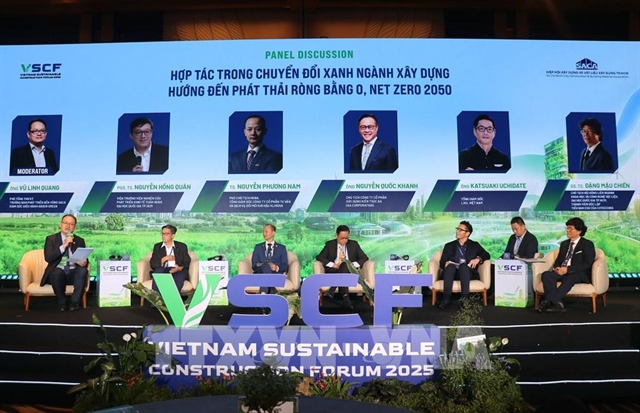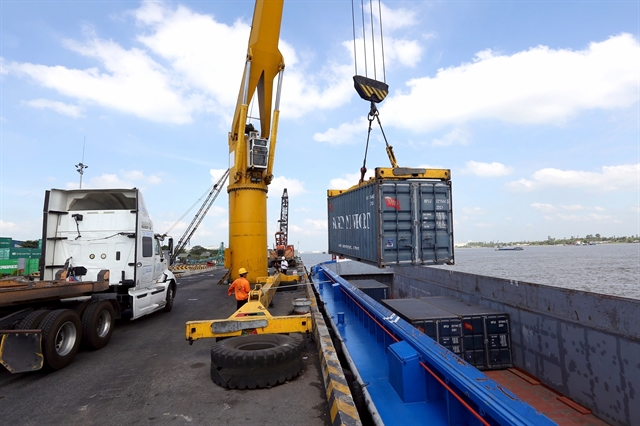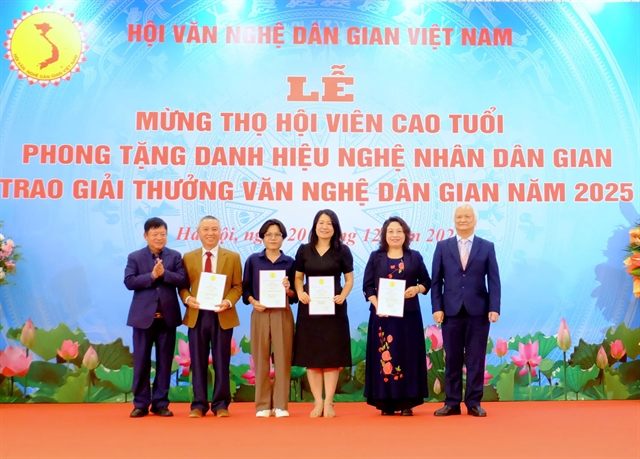 Economy
Economy
.jpg)
Việt Nam's target of bringing its GDP growth to 6-6.5 per cent in 2022 as set in the recent session of the National Assembly is entirely possible if it can effectively control the COVID-19, and improve the supply – demand balance, an official of the World Bank (WB) has said.

|
| Goods loaded at Tân Cảng - Thốt Nốt Port. — VNA/VNS Photo |
HÀ NỘI — Việt Nam's target of bringing its GDP growth to 6-6.5 per cent in 2022 as set in the recent session of the National Assembly is entirely possible if it can effectively control COVID-19, and improve the supply – demand balance, an official of the World Bank (WB) has said.
According to Jacques Morisset, WB Lead Economist and Programme Leader for Việt Nam, the biggest risk to Việt Nam's economy in 2022 can be the complicated developments of the pandemic with the emergence of new variants.
He also mentioned internal economic risks, saying that Việt Nam was an open economy which would depend on the situation in other countries in the world.
Another risk is related to inflation, according to the economist. Việt Nam's economy is currently facing import inflation, while domestic commodity prices have not yet increased because demand remains lower than supply.
Regarding Việt Nam's economic prospects, Morisset pointed out three new motivations for growth.
The emergence of the COVID-19 pandemic has indirectly made Việt Nam one of the reliable destinations for many large foreign enterprises, which have the goal of diversifying their supply chains.
The country can also take advantage of opportunities from green economy. Việt Nam is one of the most affected by climate change, but it can also take advantage of this.
The third growth driver is domestic demand. As Việt Nam becomes a higher income country with a growing number of middle class people, the domestic demand will be stronger.
Morisset affirmed that the WB would continue to support Việt Nam in achieving its ambitious goal of becoming a high-income and prosperous country by 2045.
The bank was working closely with the Vietnamese Government to promote sustainable development and effectively respond to climate change in the Mekong Delta region, and reduce air pollution in big cities, he said.
In addition, the two sides were working in areas of inclusive development and gender-related issues in order to ensure people's participation in the economy, minimise the impact of the pandemic, and fully tap future opportunities, the economist said.
Meanwhile, HSBC has also been optimistic about Việt Nam’s economy. Việt Nam’s economy should get back to GDP growth of 6.8 per cent next year, which will be driven by a return of strong foreign direct investment into the market, mainly focusing on the manufacturing sector, according to HSBC Vietnam.
HSBC Vietnam said this would benefit Việt Nam’s exports, especially as free trade agreements that have been signed over the past two years start to bear fruit.
The continued expansion of the middle class and in particular the rising affluent sector would lead to changes in consumption as Vietnamese people start spending more and more on leisure and travel.
Infrastructure roll-out would also continue to fuel economic activities especially in the renewable/green arena given the strong ambitions made by the Vietnamese Government following the recent 26th United Nations Climate Change Conference of the Parties in Glasgow, the UK. — VNS
.jpg)



